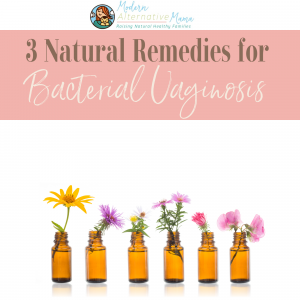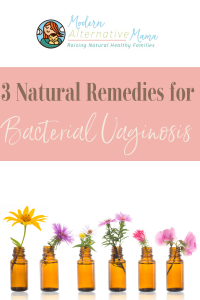By Lindsey, Contributing Writer
Bacterial Vaginosis is a dirty word for most women. While many have battled it, no one wants to talk about it. It’s uncomfortable, itchy, and often painful. What’s worse is that the common treatment, antibiotics, don’t always stop it from coming back! Thankfully, there are natural ways to treat bacterial vaginosis.
What is Bacterial Vaginosis?
In the simplest of terms, Bacterial Vaginosis (BV) is an upset in the ecosystem of the vagina. Our microbiome is not only in our stomach, but throughout our whole body, including the vagina. When this bacteria in our microbiome is out of balance, BV can happen. BV is usually characterized by:
- Thin discharge
- Gray/green discharge
- Fishy smell
- Burning sensation when urinating
- Itching or pain in vulva
BV is diagnosed by pelvic exam, a cell sample, and/or testing the PH of the vagina.
What causes it?
When there isn’t enough of the good bacteria to offset the bad, BV can happen. Sometimes this upset can be caused internally due to antibiotics or birth control (S) or externally by introducing objects to the vagina with a pH or bacteria that isn’t compatible with the woman, this can include but isn’t limited to:
- High vaginal PH
- IUD
- Uses douches or warm water bidet
- Multiple sex partners or residue of harsh soaps or lotions from your partner
- Intercourse without a condom
- High Stress
There is still a lot we don’t know about our microbiome and how it interacts with others. If you and your long term partner are experiencing issues with BV, it is worth examining your health and microbiome as a couple. For gut health and support, I use Earthley’s gut health oil. To learn more about gut health you can also read more here in the Gut Health Support Guide.
Treatment
So how does one treat BV? The balance needs to be restored to the microbiome. The mainstream allopathic approach to this is almost always a form of antibiotics. It can be ingested or inserted and is usually medications like Metronidazole (oral), Clindamycin (cream that is inserted) or Tinidazole (oral). Once it becomes recurring BV, mainstream doctors are willing to look at other approaches like probiotics and boric acid.
Natural Remedies for Bacterial Vaginosis
-
- Probiotics: Lactobacillus is the good bacteria that is linked with keeping BV at bay. When lactobacillus numbers are down, the chance for BV increases. So naturally, probiotics is one way to help support the body in maintaining its balance of beneficial bacteria (S). You can add probiotic rich foods like kimchi, sauerkraut, and kombucha to your diet. You can also get a lactobacillus supplement if you’re already dealing with BV.
- Avoid Sugar and dairy: These two foods are notorious for feeding bad bacteria as well as being inflammatory. While some people can avoid them short term to get their BV in check, if you have recurring BV you might want to do an elimination diet and focus on gut health to help.
- Antibiotic food: Garlic was shown to be a more effective antibiotic when compared to metronidazole in this small group clinic trial (S). Garlic also has less side effects than metronidazole. Echinacea and goldenseal are two antibiotic herbs that you can take as a tincture. Echinacea is also found in Earthley’s feel better fast tincture. Some people have shared success with diluted apple cider vinegar rinses as well.
Natural remedies for BV can be similar to treating a UTI. You can read more about that here.
BV is extremely common for women at a reproductive age. There are many ways to treat BV, It is nothing to be ashamed or embarrassed about. Often, when you know more about a problem, you can feel empowered to solve it.
Disclaimer: This post is not intended as medical advice. These statements have not been evaluated by the FDA, and nothing in this post is intended to diagnose, treat, or cure anything. If you have questions, please do your own research or seek advice from a health professional.
Have you ever had BV? How did you overcome it?








